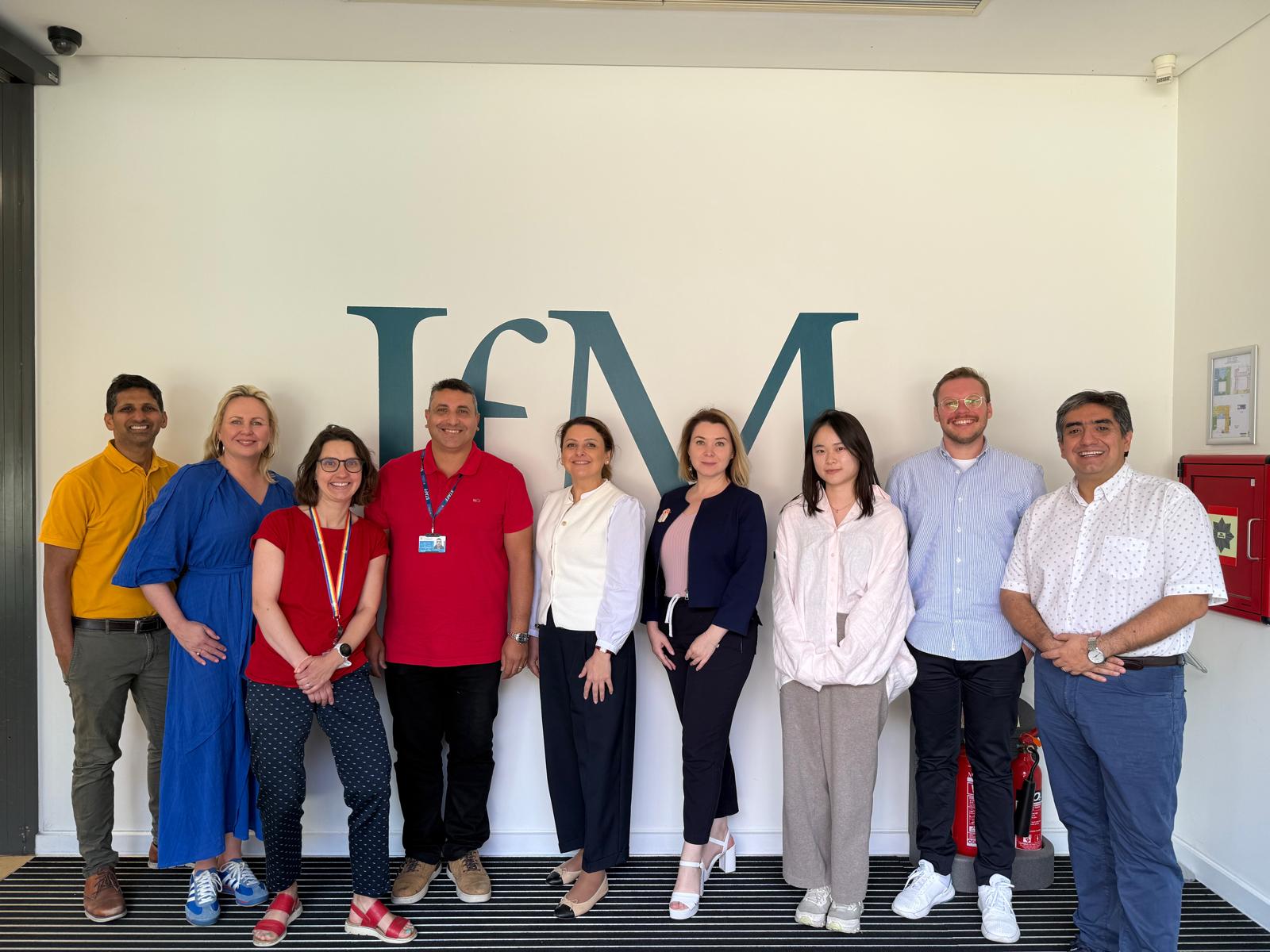This study addresses the research question 'How can qualitative and quantitative measures be combined to measure the customer experience'.
Customer experience management is listed in the top ten priorities of CEOs around the globe. Carefully managing the customer experience can reap rewards including increased customer satisfaction and loyalty, increased revenue and greater employee satisfaction. Conceptualized as holistic, comprised of multiple touch points in an end-to-end journey the customer experience involves the customer’s cognitive, affective, emotional social and sensory elements. This conceptualization views the customer experience as a process rather than an outcome - a process made up of interactions and activities across multiple touch points with several employees, as well as other customers.
While it is acknowledged that the customer experience is complex and longitudinal, measurement is usually made at one point in time, typically at the end of the journey. Such a “snap shot” approach does not adequately account for the multiple touch points. Single measures taken at the end of the customer experience journey mask the underlying issues of concern, which are the basis for identifying improvements. Moreover, these individual single measures typically force customers to provide an “overall” assessment of the journey. Not surprisingly, these aggregate single measures tend to mask the customer’s true feelings and evaluations of their experience. Even if multiple measures are taken at several touch points across the customer experience journey, they are often “averaged out”, masking important details that matter.
Research Objective:
This project seeks to create a novel way of analysing customer experience data, by combining qualitative and quantitative customer data that captures details of positive and negative experiences. Using a longitudinal customer data set of customer satisfaction data, that covering multiple key touch points for two case studies across a selection of service alliance partners, we will demonstrate a novel methodology for combining qualitative and quantitative customer data that captures details of positive and negative experiences to generate deep insights.
Research Question:
This study addresses the research question “How can qualitative and quantitative measures be combined to measure the customer experience”.
Approach:
 The project will use text analytics approach to automate the process of analysing customer satisfaction data. In general, we used the Cross-Industry Standard Process for Data Mining (CRISP-DM) methodology for a linguistics-based approach using domain specificity. The text mining process adopted the following process: business and data understanding, training or model development and testing or model evaluation.
The project will use text analytics approach to automate the process of analysing customer satisfaction data. In general, we used the Cross-Industry Standard Process for Data Mining (CRISP-DM) methodology for a linguistics-based approach using domain specificity. The text mining process adopted the following process: business and data understanding, training or model development and testing or model evaluation.
Outputs:
The outcome of 2015 research is a development and testing of customer experience text analytics method. The model will highlight the key priorities areas for customer experience improvement in B2B context. Specifically, the result of Text Analytics model will be:
- an identification of the most important resources and activities for the customer when using a service.
- an evaluation of customer compliments and complaints. This will result to direct actions for improving the customer service experience.
Contact Details: Dr Mohamed Zaki



